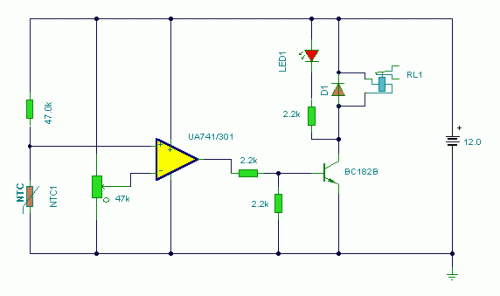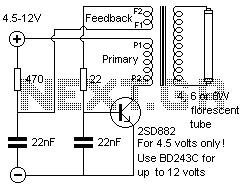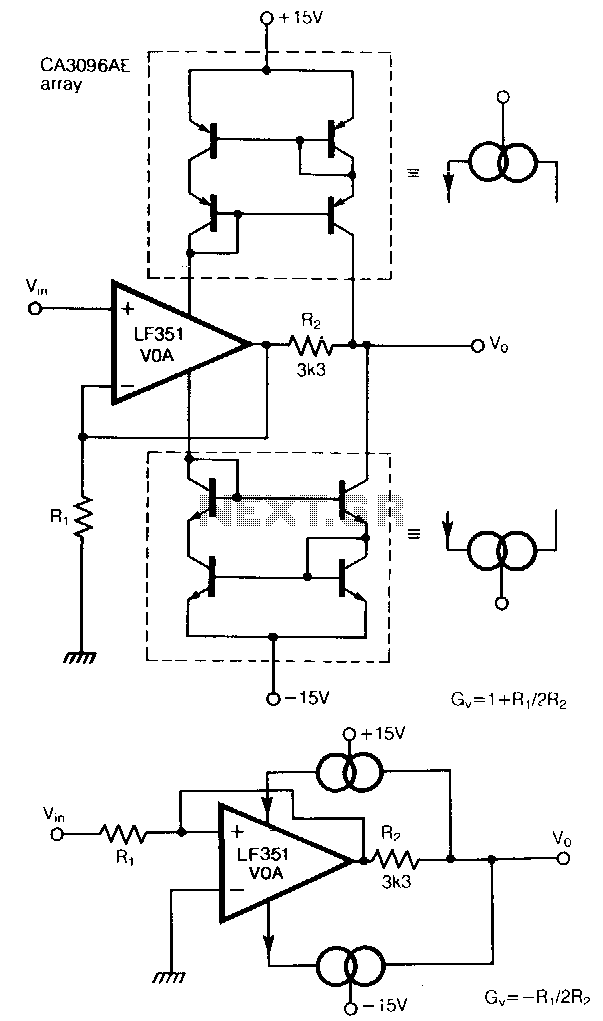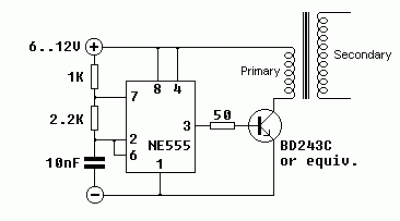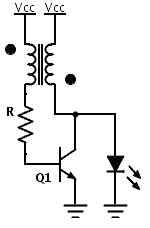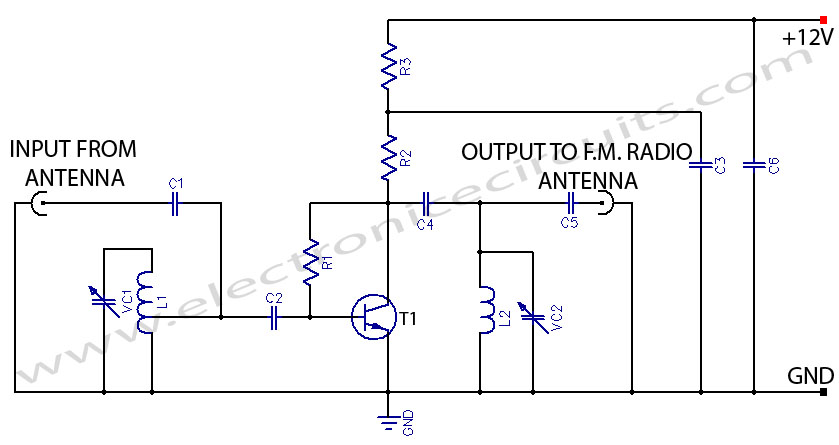
FM antenna amplifier circuit
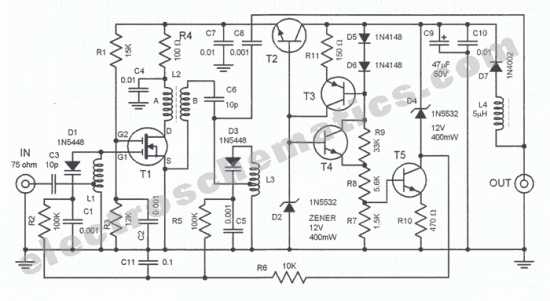
Utilize this FM antenna amplifier in locations where the reception of FM stations is poor. This circuit is specifically designed for this purpose.
The FM antenna amplifier circuit is engineered to enhance signal strength for FM radio stations, particularly in areas with weak reception. The primary components of this circuit typically include a low-noise amplifier (LNA), an antenna input, a power supply, and output connections for the FM tuner.
The circuit operates by receiving the weak radio frequency (RF) signals from the antenna and amplifying them to a level suitable for processing by the FM tuner. The LNA is crucial in this configuration, as it minimizes noise while boosting the signal, ensuring that the quality of the audio output is preserved.
Powering the circuit generally requires a stable DC voltage, often supplied by a battery or an external power adapter. The design may also include filtering components to eliminate unwanted frequencies and ensure that only the desired FM signals are amplified.
The output of the amplifier connects directly to the FM tuner, allowing for improved sound quality and clarity. Proper grounding and shielding techniques should be implemented to prevent interference from other electronic devices.
Overall, this FM antenna amplifier circuit is an effective solution for enhancing FM reception, making it a valuable addition for users experiencing signal issues in their area.Use this fm antenna amplifier in areas where the signal reception of FM stations is too bad. This circuit is just the right thing to do it. It is designed. 🔗 External reference
The FM antenna amplifier circuit is engineered to enhance signal strength for FM radio stations, particularly in areas with weak reception. The primary components of this circuit typically include a low-noise amplifier (LNA), an antenna input, a power supply, and output connections for the FM tuner.
The circuit operates by receiving the weak radio frequency (RF) signals from the antenna and amplifying them to a level suitable for processing by the FM tuner. The LNA is crucial in this configuration, as it minimizes noise while boosting the signal, ensuring that the quality of the audio output is preserved.
Powering the circuit generally requires a stable DC voltage, often supplied by a battery or an external power adapter. The design may also include filtering components to eliminate unwanted frequencies and ensure that only the desired FM signals are amplified.
The output of the amplifier connects directly to the FM tuner, allowing for improved sound quality and clarity. Proper grounding and shielding techniques should be implemented to prevent interference from other electronic devices.
Overall, this FM antenna amplifier circuit is an effective solution for enhancing FM reception, making it a valuable addition for users experiencing signal issues in their area.Use this fm antenna amplifier in areas where the signal reception of FM stations is too bad. This circuit is just the right thing to do it. It is designed. 🔗 External reference
